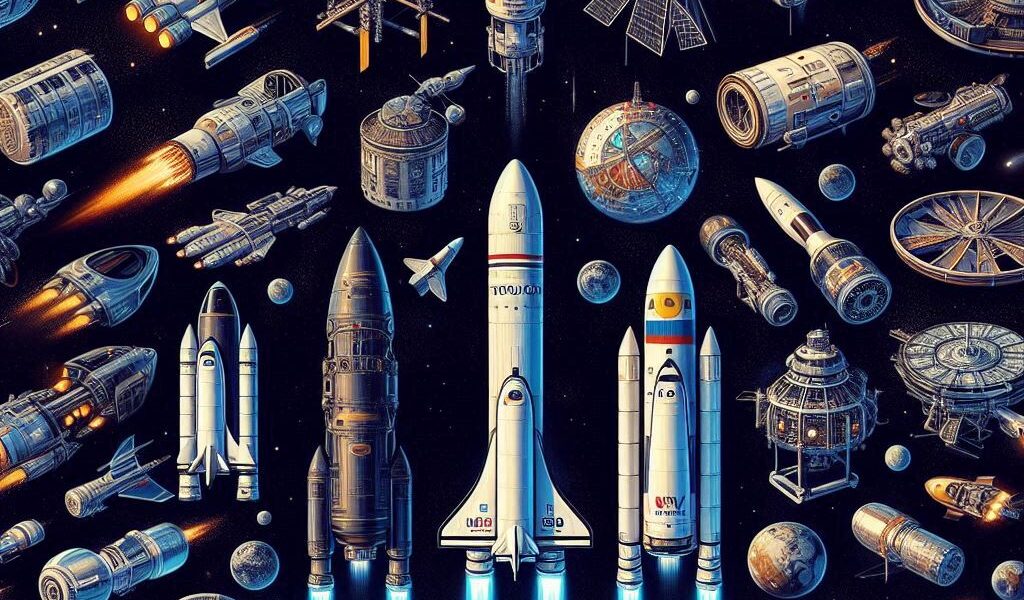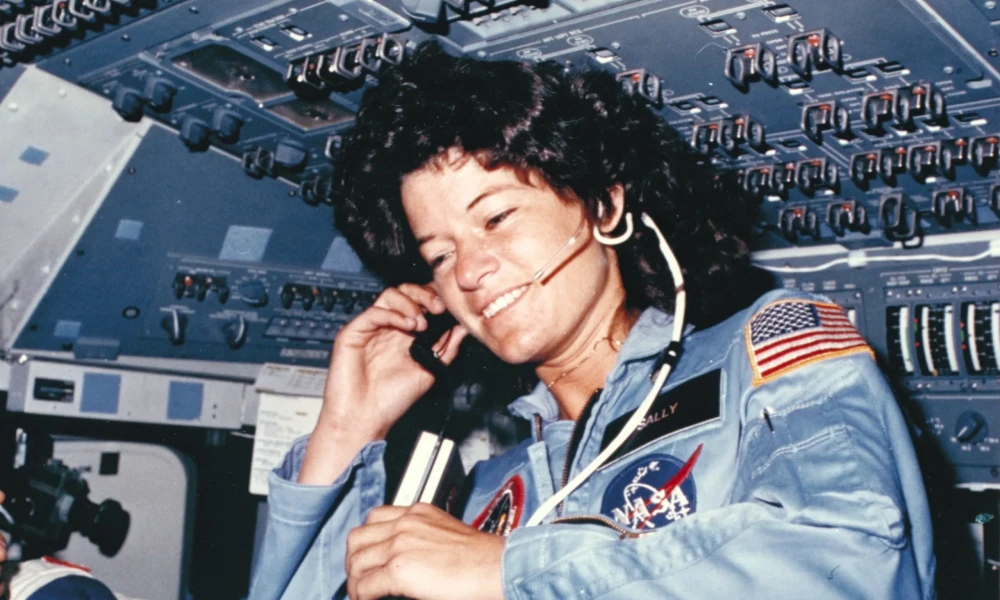There’s been some remarkable progress in the industry between 2014 and 2024.
SpaceX dominated headlines with numerous achievements. They perfected their reusable rocket technology, dramatically reducing launch costs. The Falcon Heavy made its debut, and the Starship program progressed rapidly. By 2024, SpaceX had conducted multiple crewed missions to the International Space Station and was preparing for lunar missions.
Virgin Galactic finally achieved its goal of suborbital space tourism. After years of setbacks, they began commercial flights in 2021, offering wealthy customers brief experiences of weightlessness and Earth views from the edge of space. After their last successful flight of 2024 they are now in a two-year pause on commercial operations to upgrade the fleet, hoping to start turning a profit from 2027.
Blue Origin, led by Amazon’s Jeff Bezos, made significant strides. Their New Shepard vehicle began suborbital tourist flights, competing directly with Virgin Galactic. The company also developed the New Glenn orbital rocket and secured major contracts for NASA’s Artemis program.
Sadly, XCOR Aerospace filed for bankruptcy in 2017, unable to complete their spaceplane project. However, their closure made room for new entrants in the market.
Lockheed Martin continued its work on NASA contracts and made advancements in satellite technology. They also partnered with Blue Origin on lunar lander development.
Orbital Sciences Corporation merged with Alliant Techsystems in 2015 to form Orbital ATK, which was later acquired by Northrop Grumman in 2018. They continued to provide cargo services to the ISS and developed new launch vehicles.
Reaction Engines made progress on their revolutionary SABRE engine, designed for hypersonic flight and potential single-stage-to-orbit capabilities. By 2024, they were conducting ground tests and attracting significant investment.

